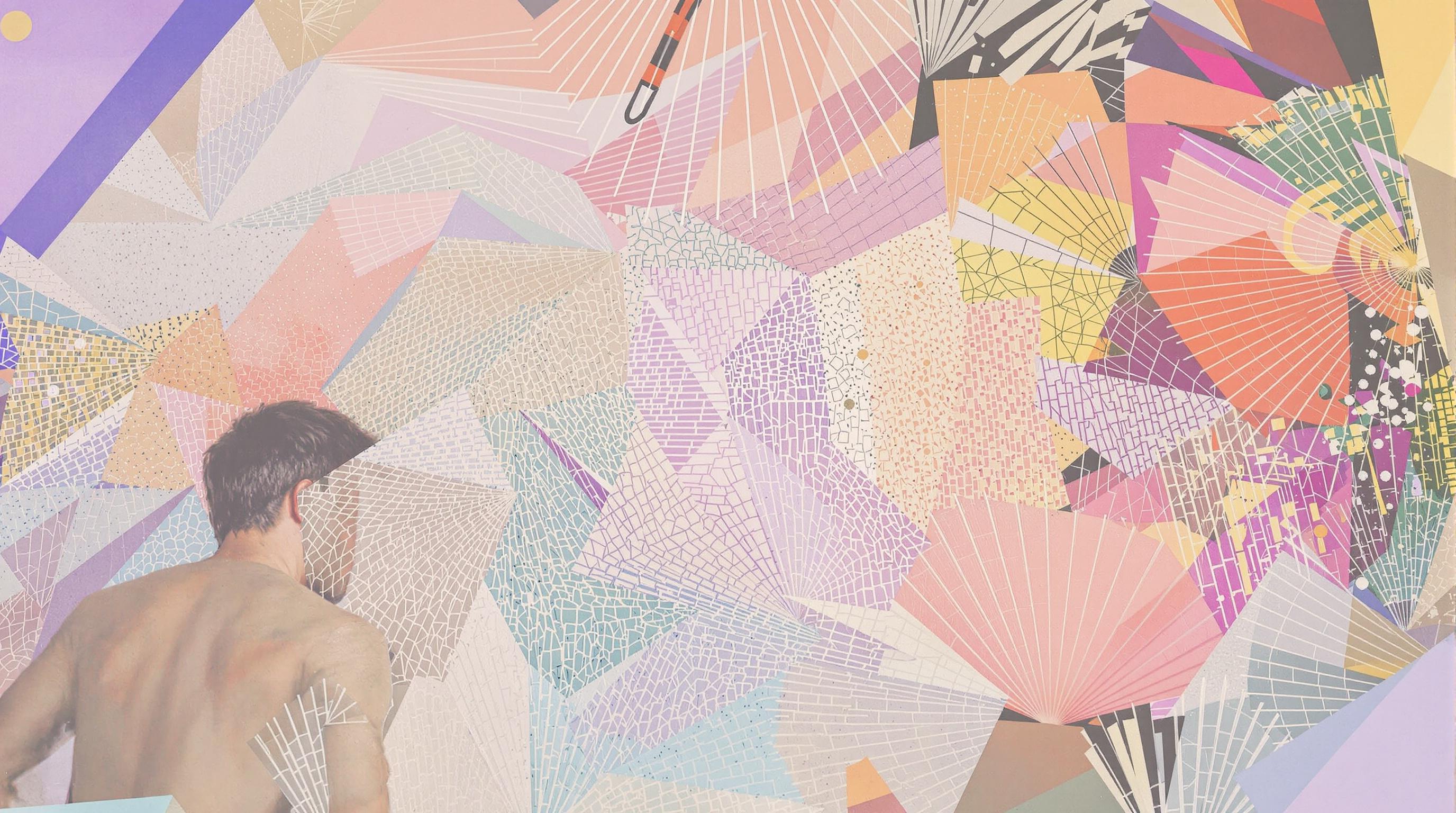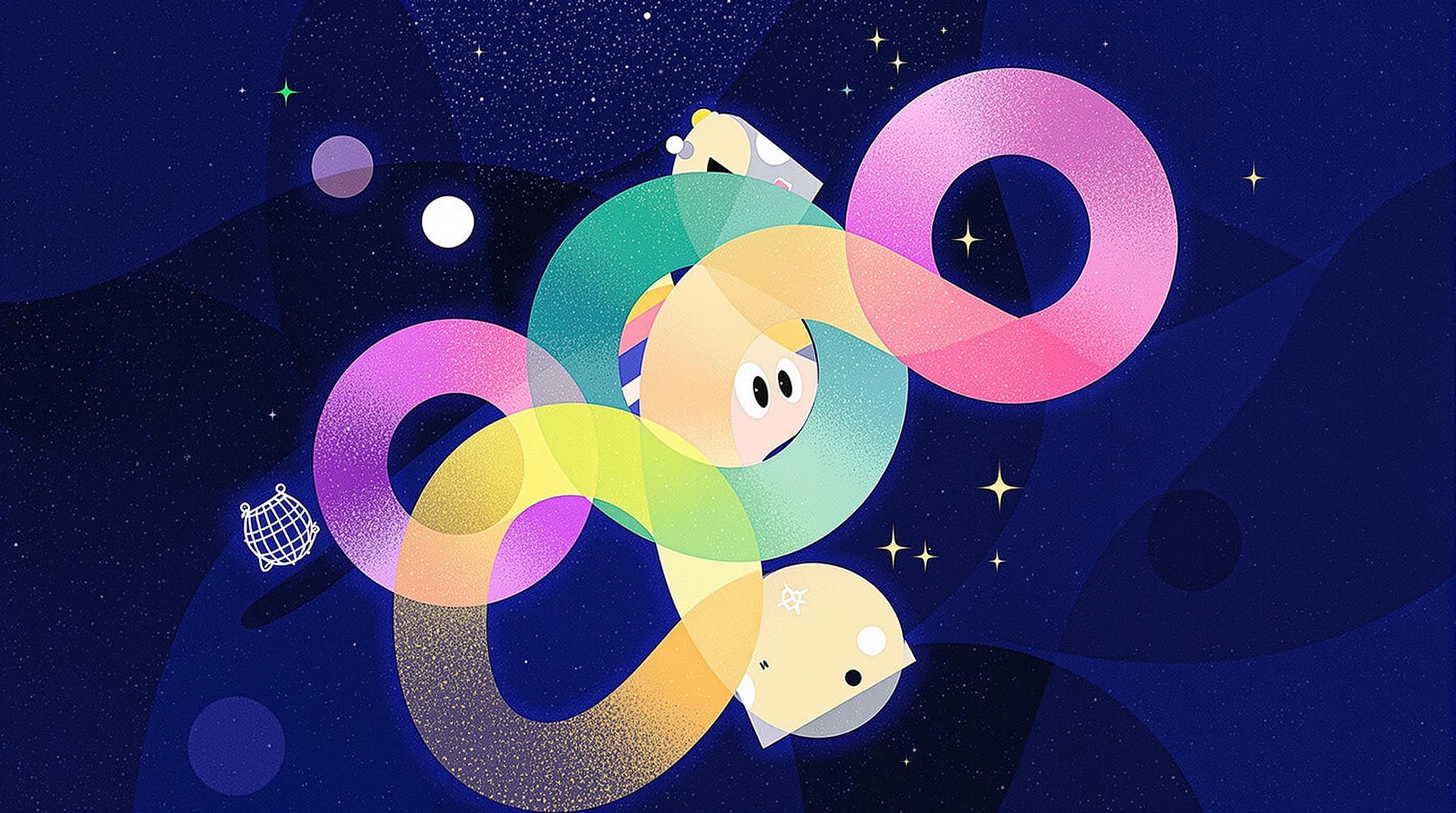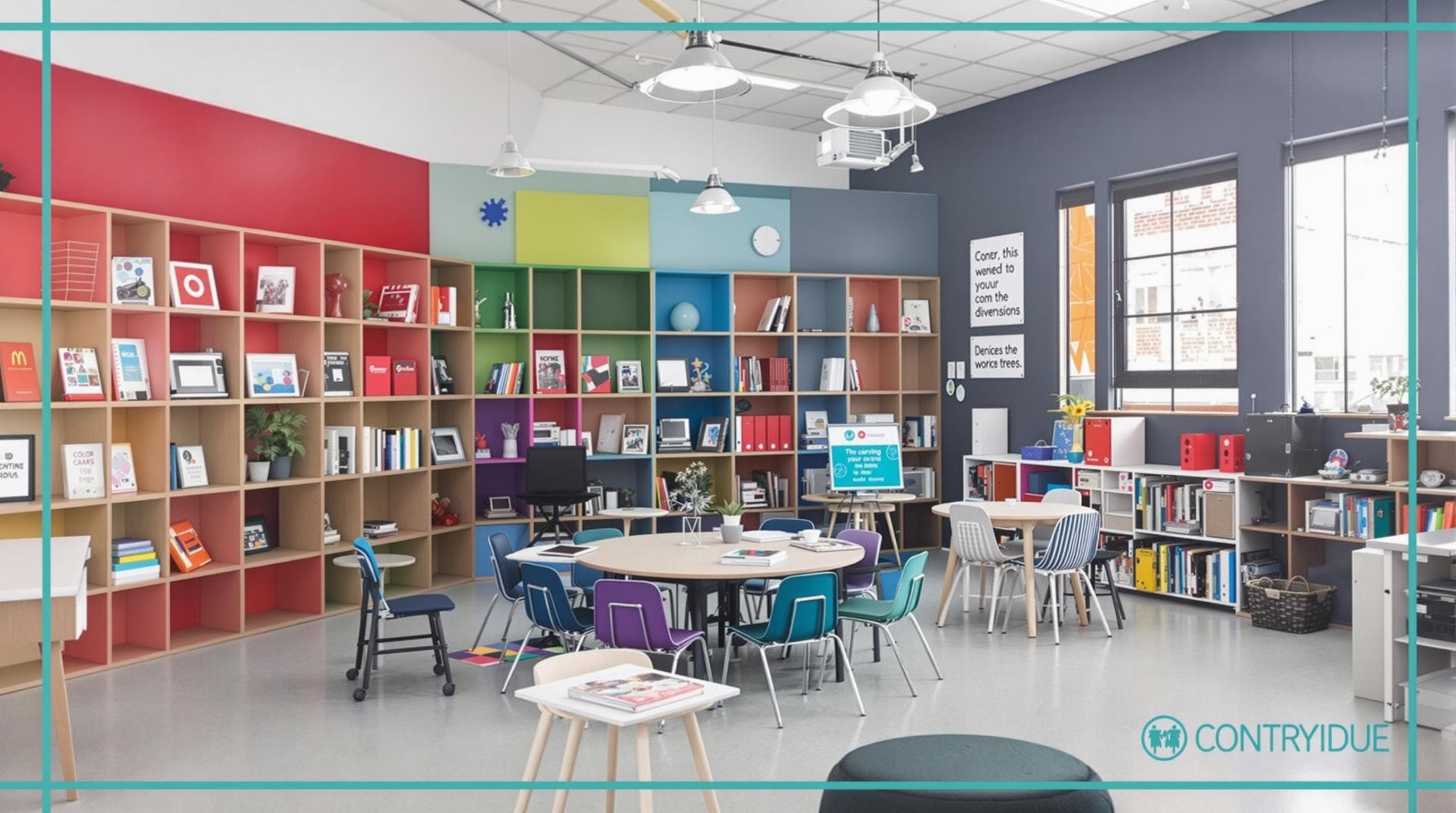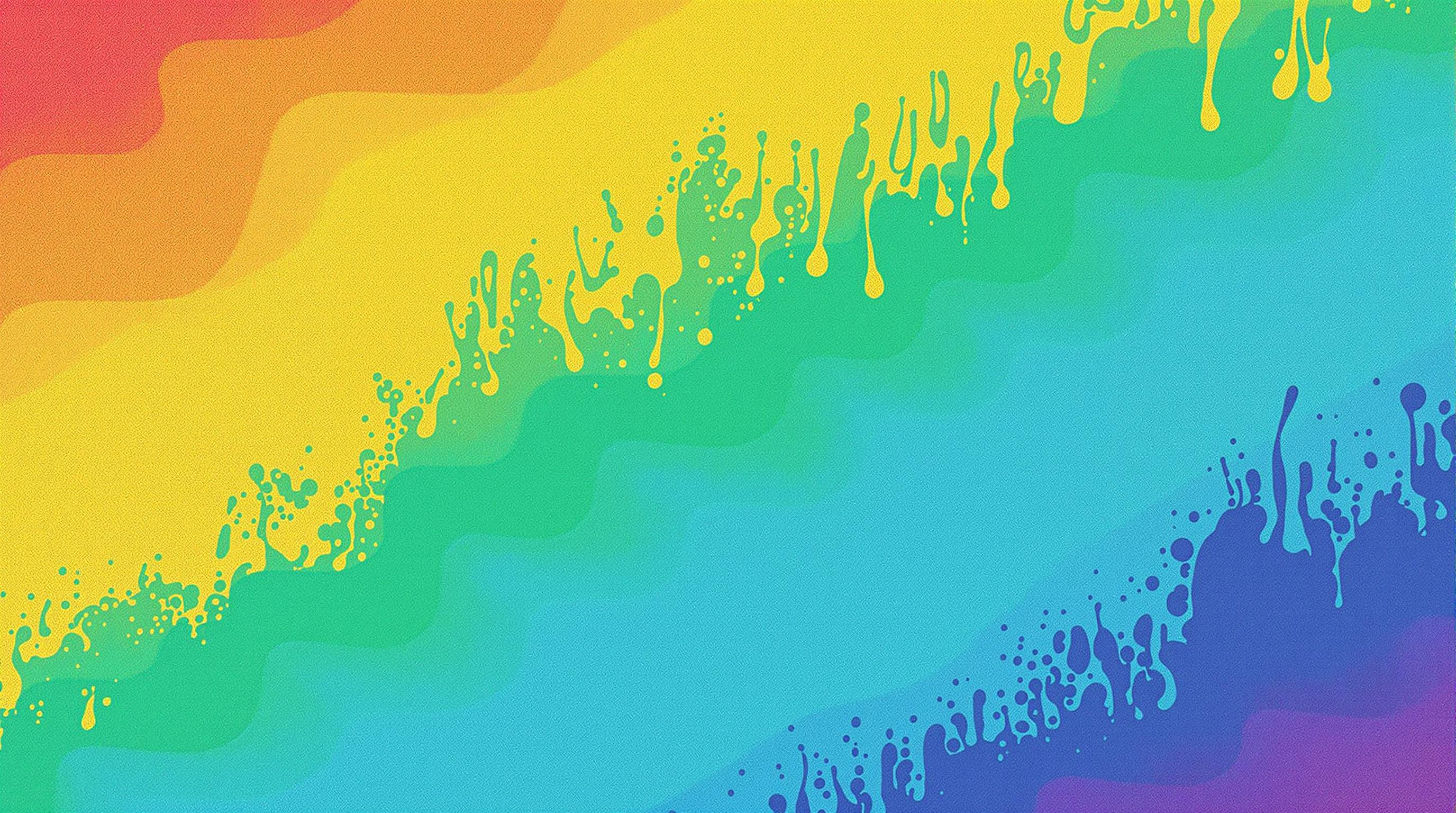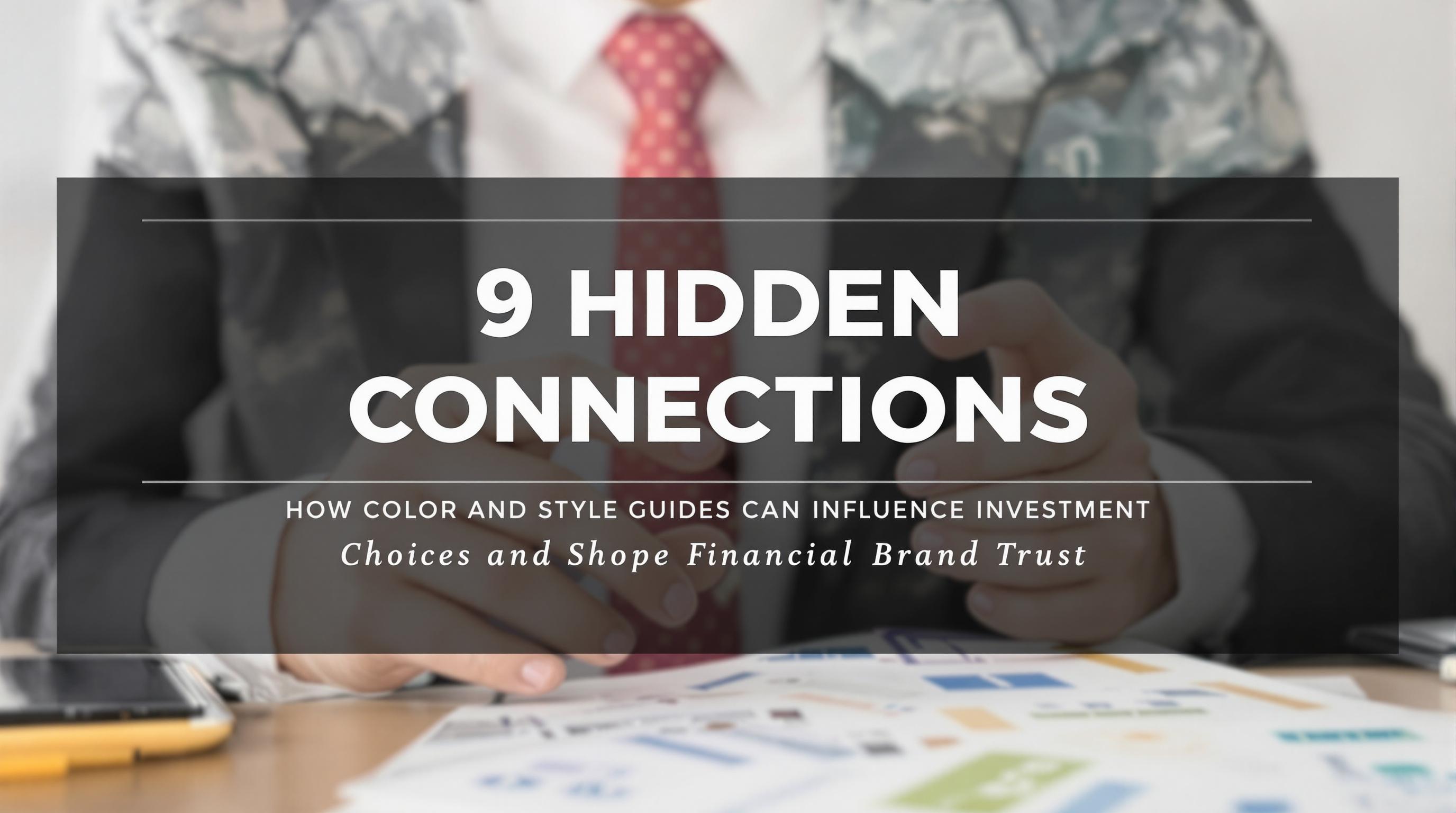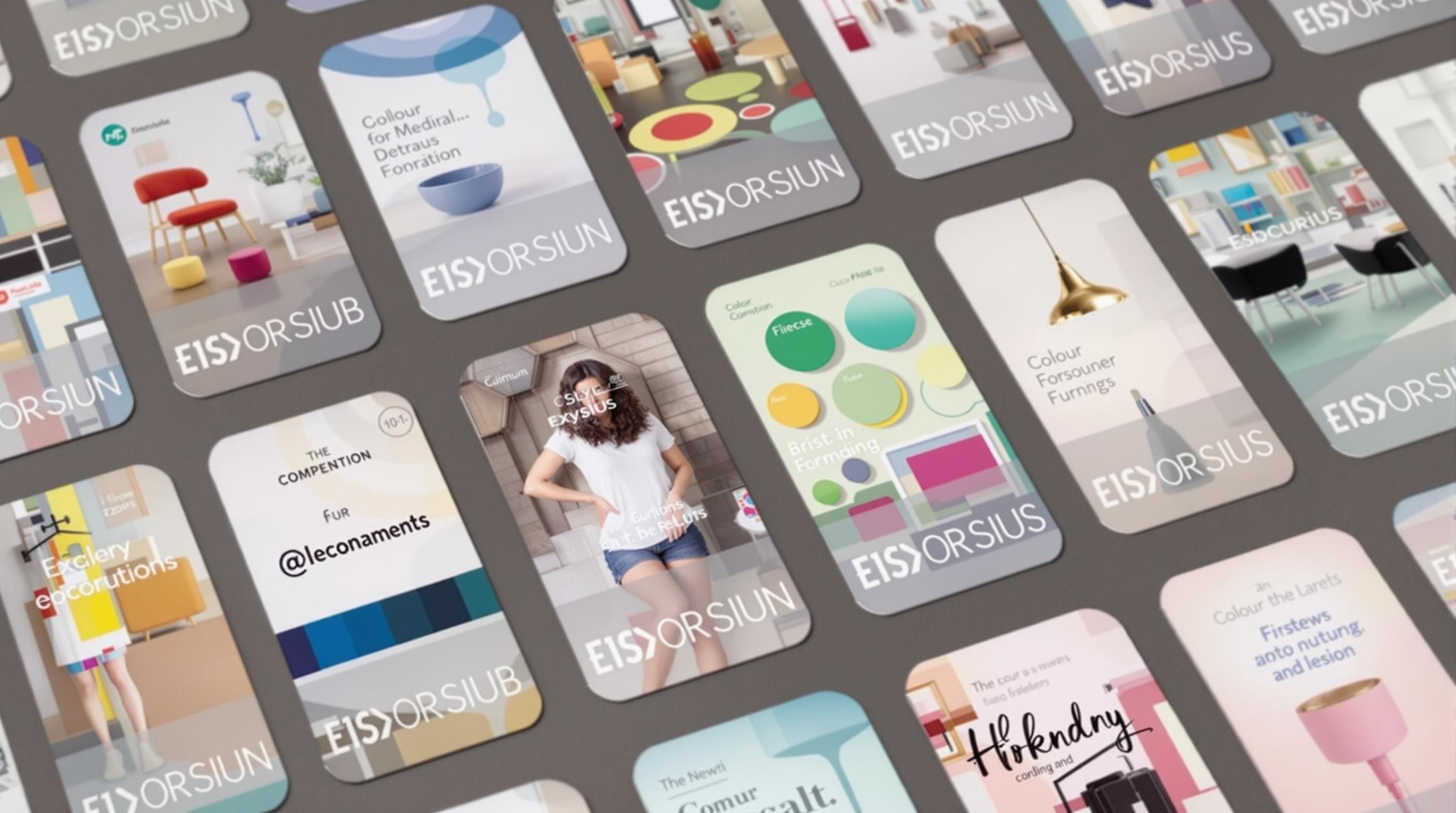Related Articles
- Bizarre Wonders: Crafting Functional Ornaments from Obsolete Household Gadgets and Oddities
- Eco-Chemistry: Innovative Projects Using Upcycled Materials from Your Kitchen for Sustainable Living
- Mystical Metamorphosis: Crafting Enchanted Home Decor from Unwanted Childhood Toys and Forgotten Doll Parts
- Color Cravings: Exploring the Unconventional Links Between Food Choices and Fashion Statements
- Hues of Controversy: The Surprising Ties Between Color Choices and Ethical Consumerism Trends
- Color Waves: Exploring the Impact of Music on Visual Aesthetics in Art and Fashion Choices
Beyond the Palette: How Technology is Shaping Future Color Narratives in Design
Beyond the Palette: How Technology is Shaping Future Color Narratives in Design
The fusion of technology and color in design is revolutionizing how we perceive and implement color narratives, transcending traditional palettes. From innovative tools that analyze emotional responses to AI-driven designers, the future of color is being redefined in exciting ways.
The Emotional Spectrum of Color
Color is not just a visual experience; it evokes emotions, influences moods, and even informs decision-making. A striking statistic from the Institute for Color Research reveals that people make subconscious judgments about products within 90 seconds, with up to 90% of that judgment based solely on color alone. This shows how significant color is—not just in design but in how consumers interact with brands.
Understanding Color Psychology
Ever heard of color psychology? It’s the study of how colors affect human behavior. For instance, red can stimulate excitement and passion, while blue often evokes a sense of calm and trust. Businesses and designers are increasingly leveraging this psychological understanding, utilizing technology to predict how colors will resonate with their target audience.
Technology Meets Design: A New Era
For designers, technology is an invaluable ally. Tools such as Adobe Color and Paletton allow users to create color palettes that are harmonious and contextually relevant. These platforms enable designers not only to find complementary color mixes but also to understand the cultural implications behind color choices. A palette designed for an American brand may differ vastly from one intended for a Japanese clientele due to differing color associations.
Augmented Reality: Color Visualization
Imagine walking into a room and projecting a virtual color scheme onto the walls with a simple mobile app. Augmented Reality (AR) is breaking boundaries in color application, allowing users to visualize changes in real-time. Companies like Sherwin-Williams and Benjamin Moore are utilizing AR to let customers see how colors will look in their homes before making a purchase decision. This not only reduces the guessing game in color selection but also ensures more satisfaction with the end result.
Case Study: Behr's Color Capture App
Behr Paints launched an app that allows consumers to take photos and capture colors they find appealing in their environment. The app finds the closest paint color match instantly, showcasing not only how color technology works but also how it caters to a generation increasingly reliant on mobile devices and instant gratification. Reports indicated that users felt more confident in their color choices after using the app, leading to a 20% increase in paint sales in stores that made the app available.
Artificial Intelligence: Predictive Color Trends
As technology continues to evolve, Artificial Intelligence (AI) is entering the fray. AI algorithms analyze current design trends and consumer behavior to predict future color preferences. A notable example is Pantone’s Color of the Year, which has historically affected product designs across a wide range of industries. By incorporating AI, they can expand their knowledge base and streamline the forecasting process.
In 2022, Pantone announced “Very Peri” as the Color of the Year, a vibrant hue blending blue with violet-red undertones. AI tools can curate data from social media, fashion shows, and even art exhibitions, enhancing their ability to spot trends before they explode in popularity. As an artist, I find it exhilarating—it's like having a crystal ball for color!
The Role of Social Media in Color Trends
Speaking of trends, let’s not overlook the significant impact of platforms like Instagram and Pinterest. They allow designers to exhibit their work, which can lead to viral color trends. Just think about how specific shades can dominate online aesthetics for a season. According to a study conducted by the Marketing Research Association, 80% of users claim that visual content is what drives their purchase decisions, emphasizing the importance of color as a driver of attention.
Redefining Accessibility in Design
Beyond trendy aesthetics, technology is reshaping how color is perceived in terms of accessibility. Color blindness affects approximately 1 in 12 men and 1 in 200 women worldwide, making it crucial for designers to ensure their works are accessible. Tools like Contrast Checker (https://webaim.org/resources/contrastchecker/) help evaluate color contrast for visual accessibility, increasing the interaction possibilities across diverse audiences. While ‘color-blind friendly’ palettes were once an afterthought, technology is ensuring they are now a design priority.
Dynamic Color Adjustment in UX/UI Design
Dynamic color adjustment is gradually becoming a staple in UX/UI design. Websites and applications can now adjust their color schemes in real-time based on user preference, surroundings, or even the time of day. For example, an app can offer a soft color palette in the evening to reduce eye strain while transitioning to a brighter scheme during the day, making for a harmonious user experience that feels customized and thoughtful.
The Aesthetics of Inclusion
Furthermore, inclusion in color narratives supports brands in building a stronger community. Take Google's Material Design, for instance. They emphasized a diverse color palette that invites users from all walks of life to engage with their content. This move has seen their user engagement metrics soar as a result of fostering a sense of belonging among varied user segments.
The Artistic Vs. Technological Dilemma
With all this technology at our fingertips, one might wonder: does it stifle creativity? This is an age-old debate in creative fields. Some argue that reliance on AI and apps can lead to homogenized design trends, stripping away the artistry that comes from personal skill. Others argue that technology can amplify a designer’s creativity, offering tools that enhance the artistic process rather than diminish it.
Creativity in Collaboration
In truth, technology doesn't have to negate creativity; it serves to complement and expand it. Designers can utilize AI to generate creative prompts or initiate mood boards, which they can then refine based on their vision. A well-known case is the collaboration between artist Refik Anadol and AI, who used machine learning algorithms to create mesmerizing digital art installations. Anadol’s ability to engage with technology while preserving artistic intent will likely pave the way for similar collaborations across the industry.
The Rise of Virtual Reality: Immersive Color Experience
Speaking of immersive experiences, Virtual Reality (VR) opens a new frontier for color exploration. Imagine stepping into a fully immersive digital space where you can manipulate colors around you. Companies like Oculus are fostering the development of VR design tools that artists can use to explore color relationships in a 3D environment, fundamentally shifting how designers approach their craft.
Statistics on VR Adoption in Design
According to a report by Statista, VR adoption in the design industry is projected to increase by over 45% by 2025. With opportunities for designers to practice color theory in virtual studios, the learning curve could be shortened significantly, enhancing skill development across individuals engaged in the design arts.
Conclusion: A Colorful Future Awaits
The evolution of color narratives through technology emphasizes collaboration between creativity and innovation. As designers continue to harness the power of tools that analyze, predict, and visualize, they are crafting a future rich with possibilities. Embracing this amalgamation of color science, technology, and user behavior has never been more crucial for the evolving landscape of design. For anyone engaged in design, the question is no longer whether to adopt these new technologies but rather how to leverage them for a vibrant future.
In conclusion, as we move beyond traditional palettes, embracing both the artistic and the technological processes might well be the key to unlocking new realms of color narratives that captivate and resonate with an increasingly diverse audience. The canvas of tomorrow is vast and filled with vibrant possibilities—let's get to painting it!
